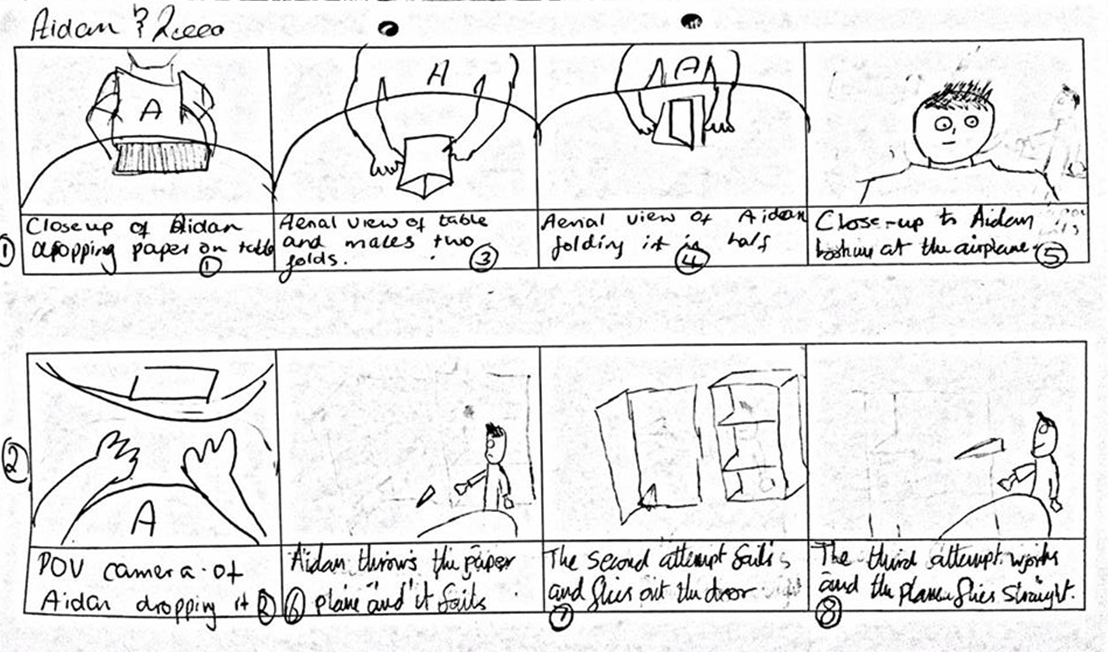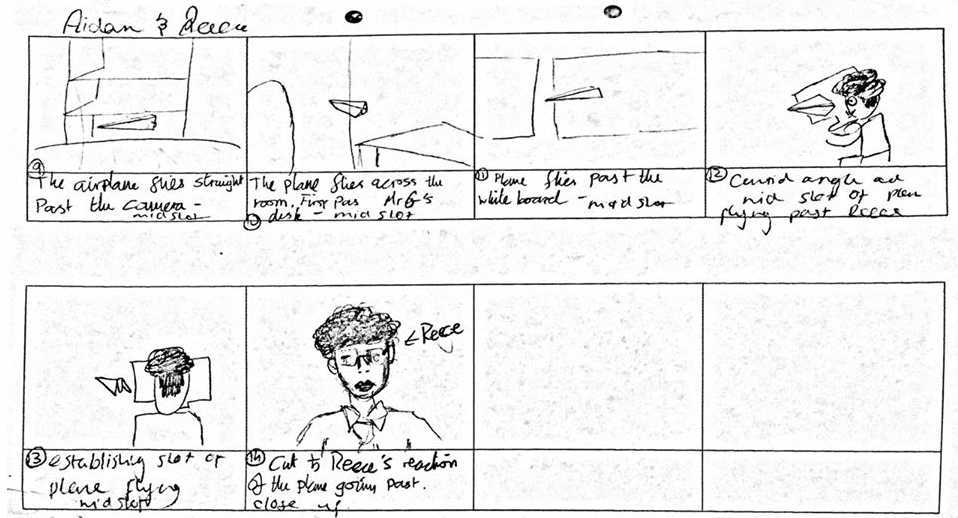This is a detailed narrative outline of my thriller, it talks about all the scenes in detail. It helps as I can look at my idea together in a format instead of the separate parts.
Monthly Archives: November 2016
Visual Planning
Harry and I have created two separate mood boards of our ideas for our thriller.
My idea is a skateboarder is making fun of a crying girl, as he leaves she gives him a maniacal look. The next day the skateboarder rides up to the spot the girl normally hangs around, he meets a hooded girl whose face is covered by a scarf. He’s about to skate away when the girl runs after him, he’s seen falling over. Cut to a shot of his skateboard riding by itself, then to him on the ground covered in blood.
Harry’s idea is a pirate smuggler is supplying a women with alcohol and when she buys the shipment they both take a sip. The smuggler watches as the women faints from the drugged drink. He then proceeds to tie her up and drag her to his ship.
Narrative Codes
I looked at three different thrillers and looked at what enigma, action and semic codes are in them. This helped as I now understand what each of these codes mean and how I will implement them into my own thriller.
The use of media language helps communicate the narrative as they all help characters see connections, ask questions to gain further knowledge or change locations or understandings because of action scenes.
Audience Research
I sent out a questionnaire about what films people enjoy, I also asked how likely people are to watch my thriller based off of my short description. This was so I could find out what age group would prefer my thriller and see if I could implement some of the things they enjoy in thrillers into my own. This helps us to understand the expected audience member who would watch our thriller and what their demographics and psycho graphics would be.
These are some of the results I received.
I have also created a facebook profile based off of what I think the my target audience would look like.
My target audience is a 40-50 year old man as my thriller is a historical one and I believe that they are the audience that will most likely watch my thriller.
Montage Edit
I have done this montage to further my abilities in Premier Pro and to help me use different camera angles and editing to create the narrative moving forward.
- Shoot for continuity using montage to condense time and space
- Use speed to infer tension
- Use close ups to show reactions / expression of the person completing the task
- Shoot to edit at least one eye line match – significant object/person
- Edit in at least one match on action
- Use one interesting transition – fade in, wipe, dissolve etc…
This is also a good opportunity for me to look at the assessment criteria relating to filming and ensure that I take those into account during my planning and filming. They are:
1. Holding a shot steady
2. Framing a shot
3. (Shooting a) variety of shot distances
What we did well:
- Our transitions were good and does not distract people from the narrative.
- We used a variety of shot distances, like long shots, reactions shots and an eye line match.
- The music we used worked well with the montage as it helps create a happy tone and doesn’t seem to be out of place.
What we need to improve on:
- We didn’t add a lot of reactions shots or eye line match or match on action.
- For Reese’s reaction shot we could have slowed it down or used more angles as it didn’t feel long enough.
- We didn’t film from a lot of different angles which makes the montage lack in variety.

